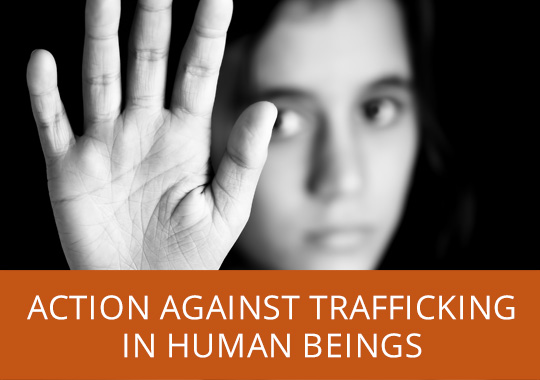The Council of Europe Convention on Action against Trafficking in Human Beings, in force since 1 February 2008, is an international treaty which provides a comprehensive framework for combating human trafficking following a human-rights based and victim-centred approach. The Convention has been ratified by all 46 member States of the Council of Europe, as well as by two non-member States, Belarus and Israel [more...]
Over the years, GRETA has focused on different aspects of combating trafficking in human beings, such as labour exploitation, international protection, online and technology facilitated trafficking and the risks related to the war in Ukraine. [more...]
The Anti-Trafficking Convention provides for a monitoring mechanism to evaluate the implementation of its provisions by States Parties through a procedure divided into rounds. The monitoring mechanism is made up of two bodies: the Group of Experts on Action against Trafficking in Human Beings (GRETA) and the Committee of the Parties [more...]
Drawing on GRETA’s findings and recommendations, the Council of Europe Anti-Trafficking Division implements co-operation projects in selected countries aimed at strengthening the implementation of the Convention. The Council of Europe also organises round-tables as follow-up to the recommendations made by GRETA and the Committee of the Parties, promotes partnerships and facilitates specialised networks [more...]
48
State Parties
+ 130
Monitoring Visits
+ 130
Country reports
+ 20
Co-operation projects
LATEST REPORTS
- Czechia (11.10.2024)
- Switzerland (20.06.2024)
- Monaco (11.06.2024)
- All latest reports
RESTRICTED ACCESS



